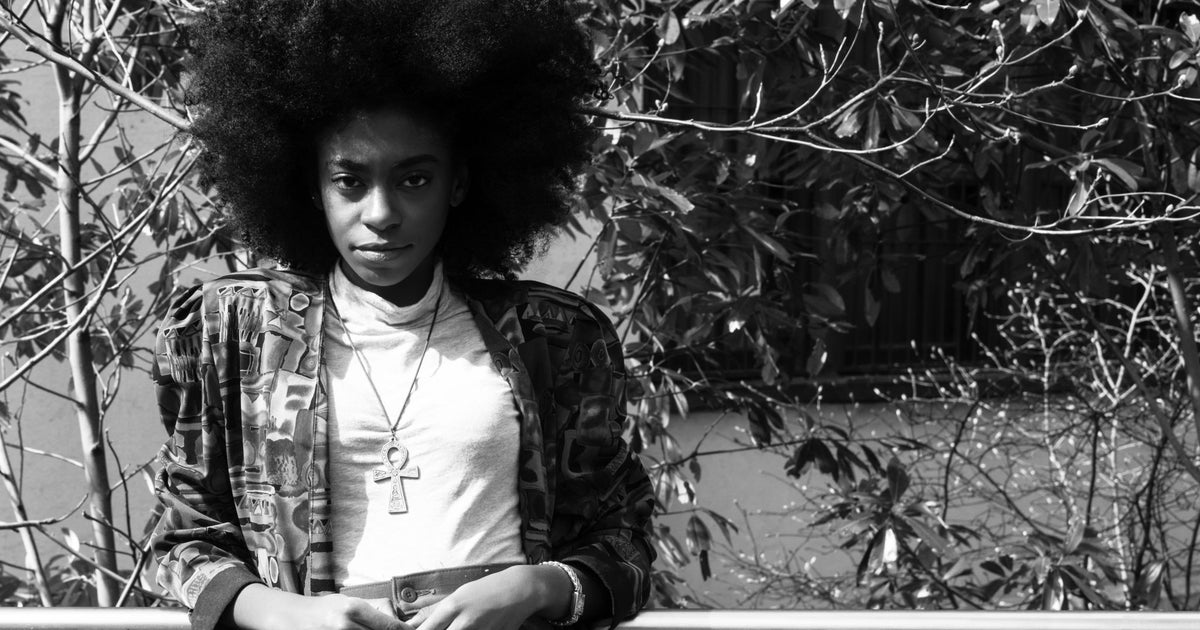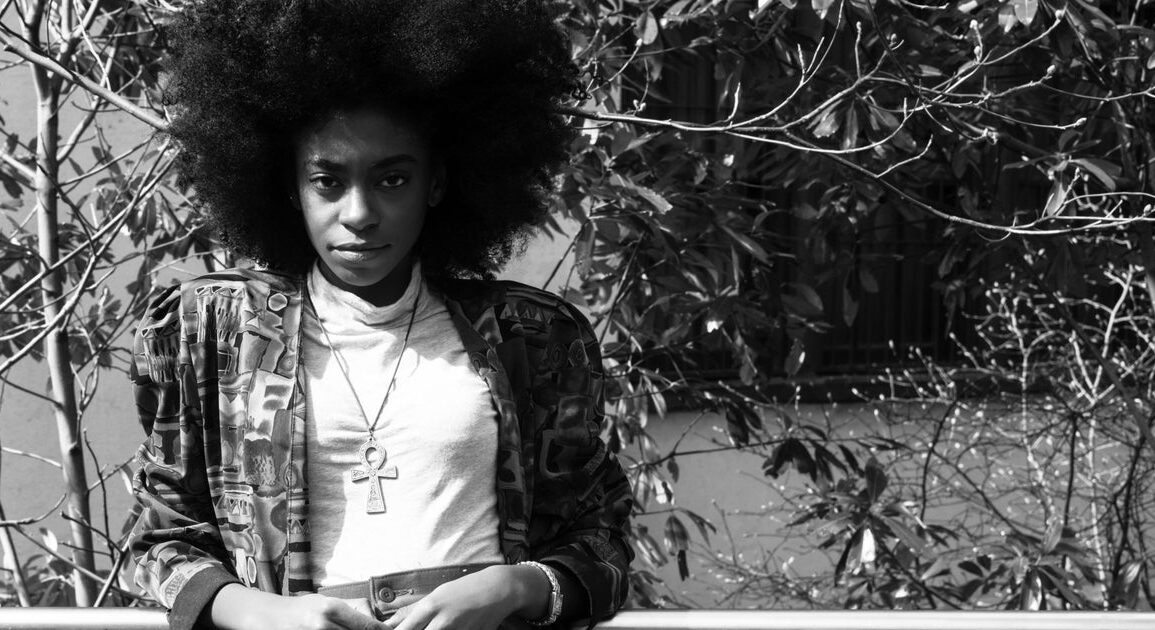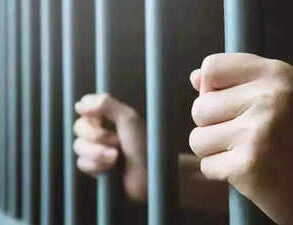
Note: Black and African-American are used interchangeably, but mean the same thing in this article. Wigs are referencing straight or loosely curled textured wigs.
OPINION – “Don’t come for me but…” has never shielded the ensuing statement from being absolutely ‘came for’, and this time was no different.
On Wednesday I awoke to 1000+ comments on a TikTok video I had posted the night before. As I mindlessly scrolled my For You Page (FYP) the previous night, I came across another trending video of an “HBCU glow up.” The trend’s origins, like most, are uncertain, but the message was always the same: going to an HBCU (or gaining more black friends as other videos stated) caused the original poster to “glow up”. Each video showed a beautiful black woman, both before and after, but as the seventh video popped up on my FYP, I noticed a trend. Each of these videos consistently showed a similar pattern: braids or natural hair in the ‘before’ and a wig or sew-in in the ‘after’.
I was genuinely perplexed. I’ve been on campuses of both historically black colleges and universities (HBCUs) and predominantly white institutions (PWIs) and I observed a plethora of diverse black hairstyles. HBCUs in particular were what I believed to be positive black spaces that lacked the need for assimilation and championed African-American culture and in turn, I assumed natural hairstyles (or cultural ones such as braids and locs) were the most desirable and popular. Yet, as I scrolled under the trending sound, all of the top viewed and liked videos showed something that challenged this belief.
I posted a video from my bed, stating my observation in question format. The words on the screen read: “Now don’t come for me but… How come every ‘hbcu glowup’ video I see it goes from natural hair to wigs and sew-ins.” The caption further read: “‘Whats in Howard water?” Idk maybe a smidge of self hate🫣 nah but actually nothing wrong with wigs its just weird that it seems to be a noticeable factor in so many of these glowups in black spaces.”
Chaos ensued. Civil conversations and churlish arguments erupted in the comment section. And many asked the same question: why does it even matter?
So let’s talk about it.
What Am I Implying?
Perhaps the first question that commenters should have asked themselves instead of hopping straight into assumption territory, but you can’t blame social media for its infamous misconstruction. The video was in reference to this particular glow-up trend, as explicitly stated, and the concurrent observation that objectively, the most popular videos under that sound followed the previously stated pattern of a shift from natural to not. “Black spaces” was in reference to the trend including both the HBCU experience and the getting-black-friends experience. I hinted at the possibility of self-hate, poking fun at all the comments under these videos asking “What’s in their water?”, before retracting and stating that there’s nothing wrong with wigs, but I found the noticeable pattern perplexing.
To say, there is nothing wrong with wearing wigs, weaves, or other styles. One thing I will never do is get on Beyonce’s internet and tell other black women what they should do with their bodies. I will not, however, succumb to the tired argument that having this conversation surrounding black hair is “anti-black” and that it’s “hatred towards black women.” We should be able to converse within our community and have nuanced conversations about our culture and the implications of our hair choices. This point particularly being the shared belief that consistently showing straight hair and wigs in reference to a glow-up has detrimental insinuations to our natural hair; That for some reason we refuse to get into, many black women see natural hair as inferior. This is unfortunately not a conversation many black women are ready to have, but the hard conversations tend to be the most important ones.
Why Does It Matter?
The big question. Why can’t we let black women wear their hair how they want? First off, they absolutely can. There is a difference between criticizing a particular sentiment surrounding natural hair versus telling someone what they can and can’t wear. Secondly, I need to reemphasize the previously stated clarification: there is nothing wrong with wearing wigs or changing up hairstyles. Lastly, if you’re not someone who thinks a wig is more beautiful than your natural hair…the shoe simply doesn’t fit. This isn’t about you and how you love to experiment, it’s about those who can’t go a week without getting their hair ‘done’ because they feel their natural hair isn’t up to par.
That being said: the implications that straight hair and wigs are synonymous with becoming more attractive only further reinforce the archaic narrative that natural black hair is not appropriate, classy, or grown, the same negative social perception of our hair that we have been fighting for years. The inability to see one’s hair as attractive and emphasizing straight hair and wigs as the pinnacle of beauty contributes to the erasure of Black culture and the rich diversity of Black hair textures, chipping away at the beauty and significance of natural Black hair, which is an integral part of Black identity and cultural heritage. It also implicitly demonstrates to thousands of impressionable young black girls scrolling TikTok that natural hair is not as desirable or mature unless it is long and straight.
Given the nuance of this conversation, I cannot possibly acknowledge every argument for or against wigs and other protective styles, I can however touch on some of the most repetitive comments.
“Social Media Isn’t Real Life”
I absolutely agree. There are many black women rocking natural hair on campuses all over the country. But one should question why the most popular, most viewed and most liked videos followed the trend of utilizing wigs and straight hair as noticeable ways to “glow up”. This trend in particular was the focus of the criticism, and while simply wearing a wig in the picture is not a proclamation of wig superiority, it’s the repetition and uplift of similar videos that makes one question what is regarded as a glow-up for black women.
“No Other Race Cares About Hair Like This! White Women Wear Wigs Too!”
No other race discusses hair the way the black community does because no other race has been subjected to such intense discrimination and other various issues regarding their hair. The historical context of African American hair is a difficult one. From assimilation to rebellion, our hair has been both a weapon of oppression and freedom. There has been no other race in the United States that has so frequently been systematically denied basic rights and respect on the basis of their hair texture. It’s the very same remnants of this history that have ingrained twisted ideas of what hair is seen as acceptable. From texture to length, to frizz, to laid edges, black women (and men) often find themselves trying to fit unnecessary and sometimes inaccessible hair standards. Understanding that differential historical context is what helps destigmatize our natural hair, and comprehend why these conversations do need to be had.
Similarly, the ‘whataboutism’ argument that other races wear wigs, and extensions, and perms is one that easily falls short when you take into account two things. For one, it is not so culturally ingrained in other races that you find a large portion of their women buying wigs in droves. Even then, rarely will you find them buying a type 4 wig. Similarly, there is no internal or external pressure to change their hair drastically because, unfortunately, their hair is already the American standard of beauty.
“What Makes Braids or Locs or Other Protective Styles Any Different?”
Different, but the same. Ignoring the parts that texturism and lengthism (two unserious -isms that don’t even need to exist) play when it comes to natural hair, braids for many non-black people are more digestible than short, curly hair, and more manageable for those who wear them. At the same time, braids are also discriminated against for its proximity to African American culture. Braids are often championed as an integral and sensitive aspect of black culture, in contrast to wigs and frontals. When both are protective styles, braids lean into Black cultural heritage, whereas wigs and frontals tend to align more with the mainstream beauty standards that have been societally ingrained as superior and attractive. While braids and similar protective styles are more in line with African-American culture, they can also become a crutch for natural hair acceptance in a similar way. Essentially, anyone who cannot wear their natural hair comfortably, I believe, suffers from at least some amount of self-hate for their hair.
“It’s About Experimentation, Confidence, and Maturity”
As previously stated, my only criticism of wigs and frontals comes from the implication that they make one more attractive or that they allow black women to never grow comfortable in their hair. Self-expression through experimenting with different styles is not a negative thing. However, I think it is rather interesting that even when it comes to experimenting with different hair types, a lot of black women migrate towards a specific texture (this being straight).
Some argue that college is also a time to grow in maturity and confidence and wigs help with that. Confidence to try new styles, perhaps. However, it’s important to recognize that if a wig is necessary for a Black woman to feel more confident, this reliance highlights a deeper, systemic issue: the pervasive and problematic view of Black women’s natural hair, a perspective rooted in a history of Eurocentric beauty standards that have long devalued natural Black hair textures and styles. As a result, many Black women feel pressured to conform to these standards to be seen as attractive, professional, or socially acceptable, even subconsciously.
On the other hand, various commenters reasoned wigs were more mature, a problematic statement in itself that infantilizes natural hair, deeming it childish and diminishing natural black women’s ability to be taken seriously, especially in professional settings. On the other hand, it also reinforces the idea that straight hair is simply more mature, which also further adheres to the popular stigma that young black girls who want to try straightening their hair are attempting to be grown.
“At the End of the Day, It’s All Preference”
Yes, maybe they just like wearing wigs. But, why? Why do we see the hair that grows out of our heads as unmanageable? Can it be difficult? For sure. But what does it mean when our natural hair never sees the light of day? What does it mean when the default preference is a 30-inch straight bussdown? What does it mean when people find us more attractive or treat us with more respect when our natural hair is tamed or hidden to a Euro-centric standard? Why do we feel more confident with hair that is the opposite of ours? And why do we act like we don’t know the answers to these questions?
But at the end of the day, it’s all preference. Similar to the way many black men prefer to date white women, the way many men prefer to work with other men, the way many darker-skinned individuals choose to lighten their skin, the way some LGBTQ+ choose to stay in the closet, or the way immigrants prefer to change their names when they move to America. It’s all personal preference, but we can assess why these preferences are the way they are, what that says about our environment, and what that means for those who may find themselves on the other side of the coin.
Who Cares?
It’s not ever that serious, though. These little things – the words we choose to describe our hair, the reasons we make – are just little things at the end of the day. The same way people automatically call a doctor “he”, assume a romantic partner’s gender, or have a certain image of a prisoner in their head. Every day somebody says or does something with a small implication and no impact. Yet, it all points to a bigger problem.
Ultimately, the societal pressure placed on black women and their hair is not necessarily their fault. The beauty standard is often reinforced by all realms of society, both by the opposite gender, other races, and even internalized beliefs in the black community of what makes “good hair”.
“So I’m just not supposed to post myself in a wig or frontal? I’m not responsible for being anybody’s representation.”
You can post whatever you want if that’s what you enjoy and how you feel your best. Personal expression through hairstyles is oftentimes a form of versatility and individuality. What’s important to remember is that the issue isn’t about whether you wear a wig or braids or straighten your hair or go natural, but rather about acknowledging the broader societal pressures and implications (particularly why in a wig, or even braids, is when you feel best). It’s also important to recognize that for many Black women, the pressure to conform to certain beauty standards stems from a long history of marginalization and discrimination. By being aware of this context, we can understand why conversations about hair are so significant. While you’re not responsible for being anyone’s representation, your choice to display wigs and similar styles as an upgrade does contribute to the larger narrative.
This post was originally published on this site be sure to check out more of their content.






